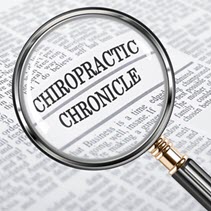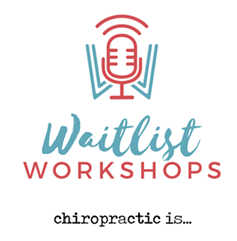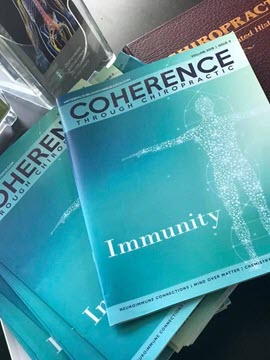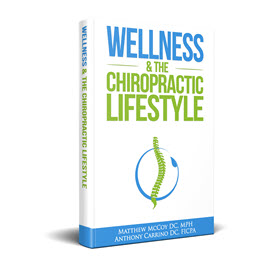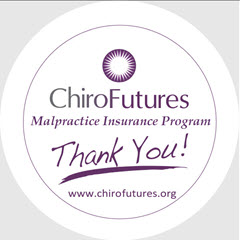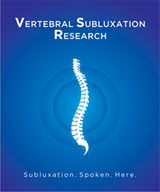The Dangers of Self-Adjusting: A Call for Evidence-Informed Chiropractic Practice
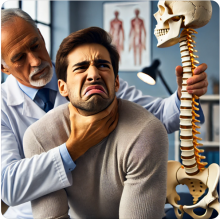
In the world of chiropractic care, one of the recurring topics of discussion is the phenomenon of self-adjustment, where individuals take it upon themselves to crack their own backs or necks, often claiming it provides relief. This behavior raises a myriad of concerns among chiropractors, not only because of the potential risks involved but also due to the lack of understanding about what truly happens when someone attempts to manipulate their own spine.
The Self-Adjustment Dilemma: Chiropractors Weigh In
The comments from chiropractors on this topic reflect a wide range of opinions, from outright dismissal to detailed explanations of why self-adjustment is harmful. Many practitioners liken it to performing one's own dental work—something that might seem helpful in the short term but can lead to significant problems down the line.
One chiropractor points out that the noise people often hear when they self-adjust is not an indication of a successful adjustment but rather the movement of hypermobile segments. These are the joints that are already moving too much, and repeatedly manipulating them can lead to further instability and even degeneration. Others echo this sentiment, emphasizing that real chiropractic adjustments target specific, stuck joints that are not moving properly—something that a layperson is unlikely to achieve on their own.
Humor, too, finds its way into the discussion, with some comparing self-adjustment to other self-gratifying but ultimately futile behaviors. Yet, the underlying message is clear: while cracking your back might feel good momentarily, it is not addressing the real issue and could be causing more harm than good.
A Challenge from the Foundation for Vertebral Subluxation
In response to these discussions, Drs. Matthew McCoy and Christopher Kent, President and Vice President of the Foundation for Vertebral Subluxation, respectively, have raised a critical point that challenges the chiropractic profession as a whole. They argue that many of the explanations offered by chiropractors regarding the dangers of self-adjustment are based more on tradition and conjecture than on solid evidence.
Dr. McCoy notes that while these justifications for avoiding self-adjustment have been around for decades, they lack empirical support. He challenges the profession to go beyond anecdotal reasoning and invest in research that can definitively answer whether the precise, specific adjustments promoted by chiropractors are indeed more effective and safer than self-manipulation or gross manipulation by another person.
The Foundation for Vertebral Subluxation has proposed a series of studies to investigate this very issue. They suggest comparing three distinct groups: self-manipulators, those receiving manipulations of perceived stuck joints by a chiropractor, and those undergoing specific chiropractic adjustments following thorough assessments using objective, reliable methods. The goal is to determine whether an exacting analysis is necessary for effective care, or if the benefits attributed to specific chiropractic adjustments are achievable through less precise means.
The Need for Evidence-Informed Practice
This challenge is more than a call to action; it is a call to uphold the integrity of the chiropractic profession. If subluxation is as devastating as it is believed to be, then chiropractors should be doing everything possible to ensure they are identifying and correcting it in the most effective way. This means committing to the hard work of research and being willing to question long-held beliefs.
In the end, the question of whether self-adjustment is harmful, neutral, or beneficial is not just an academic one—it is an ethical and moral issue that the profession must address. As Dr. McCoy aptly puts it, if what chiropractors believe about subluxation is true, then they have an obligation to prove it. Otherwise, the profession risks undermining its own credibility and the trust of the public it serves.
It's time for chiropractors to put their money where their mouths are and support the research that can validate their practices. The alternative is to continue sharing opinions on social media, without the backing of solid evidence—a path that does little to advance the profession or protect the public.
Conclusion: Moving Forward with Integrity
The chiropractic profession stands at a crossroads. It can either continue relying on tradition and anecdote or it can rise to the challenge posed by Drs. McCoy and Kent, investing in the research necessary to validate its practices and claims. By choosing the latter, chiropractors can not only improve patient outcomes but also secure the future of their profession as one rooted in evidence-informed care.
Blogs
- The Chiropractic Cartel: A Look Back at Bias in Accreditation and its Imact on Today's Profession
- Inside Montana's Chiropractic Monopoly: ACA & MCA's Brazen Board Takeover
- Concerns Grow About Control of the NY State Chiropractic Board by the ACA - Use of X-ray in NY Under Threat
- Reproductive Health Information and Chiropractic Care: Navigating New Privacy Regulations
- Navigating Substance Use Disorder (SUD) Consent: What Chiropractors Need to Know


